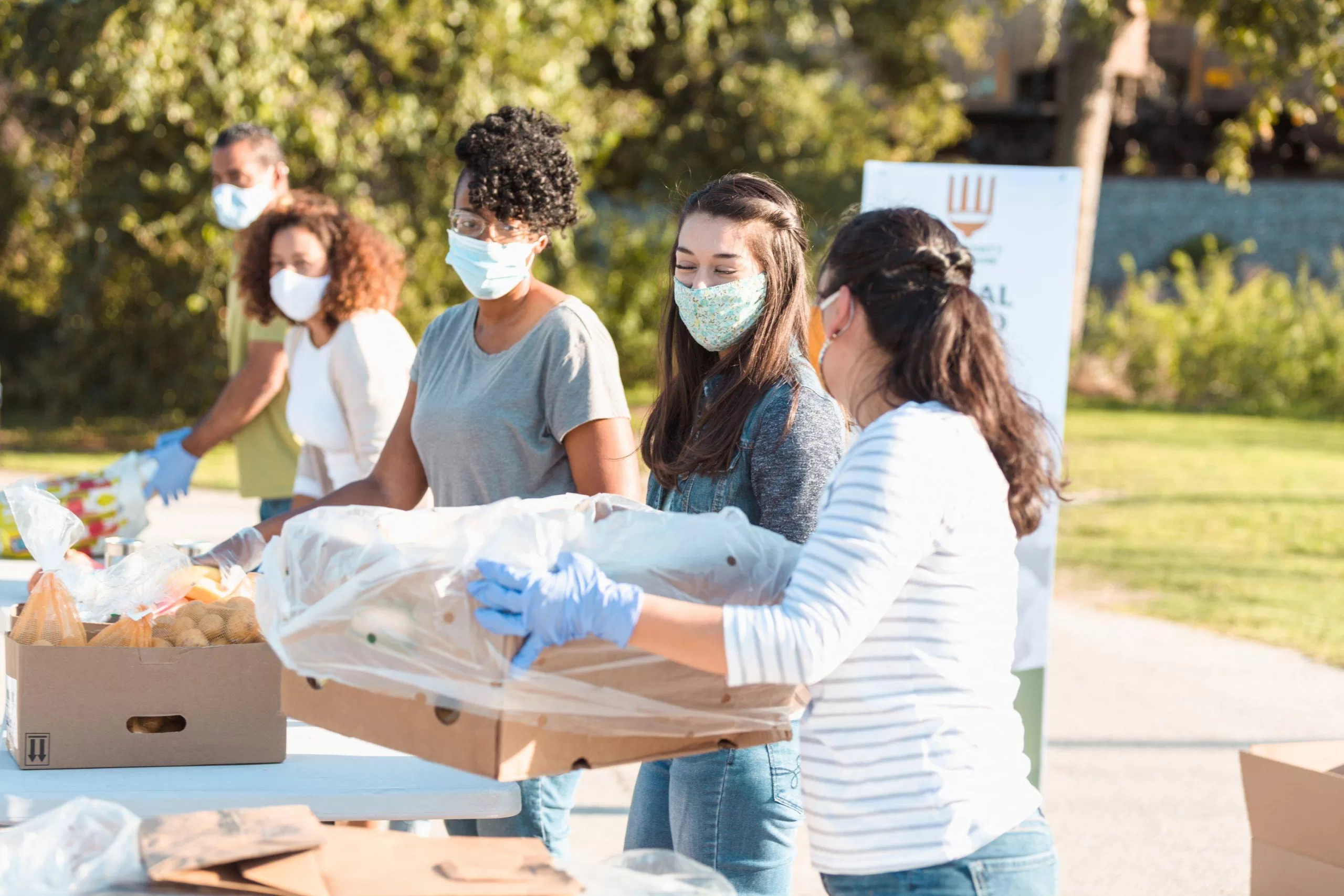Berlin.
Droughts, crop failures, deaths from the heat: climate change is making itself felt in a brutal way. The Intergovernmental Panel on Climate Change says countermeasures can still be taken.
Farmers in southern France begged a saint for rain at the weekend because the soil is already too dry in winter. At the end of February, the Spanish holiday island of Mallorca is still drowning in a rare chaos of snow, followed shortly by heat that is otherwise only found in June or July. According to the World Health Organization (WHO), at least 15,000 people died prematurely in Europe last summer due to the heat, 4,500 of them in Germany with its temperatures sometimes more than 40 degrees.
It makes itself felt dangerously. Extreme weather is increasing everywhere. In autumn, for example, there was no rain again on the Horn of Africa, for the fifth time in a row. The people of Somalia, Eritrea and Ethiopia are threatened by hunger. There is also heavy rain and flooding. But countermeasures can still be taken. This is shown by the new “Synthesis” report of the Weltklimarats IPCCa mammoth work that reflects the current state of knowledge global warming reflects.
Intergovernmental Panel on Climate Change IPCC: Report sees “quickly closing time window”
Researchers from all over the world have been combing through specialist articles for seven years, creating status and special reports, now the core messages worked out. In the past few days, they have negotiated the formulations in Switzerland with representatives of almost 200 UN countries. Not all governments agree with all the findings, and the final document was only presented 48 hours late. Nevertheless, a “summary for political decision-makers” was created, which can be understood as an appeal: “Get to work!”
The time for excuses seems to be over. There is a “rapidly closing time window,” he said Intergovernmental Panel on Climate Change, which was founded in 1988 and is presenting such a report for the sixth time. The coming years are crucial, also for the question of what kind of a hot world today’s children will live in.
Global warming: 1.5 degrees reached in the early 2030s at the latest
With the Paris climate agreement In 2015, humanity made a commitment to limit global warming to 1.5 degrees compared to pre-industrial times. But with the previous climate protection commitments of the various countries, the 1.5 degrees will be reached in the early 2030s at the latest. Today it is already 1.1 degrees. And by the year 2100, the earth will move closer to 3.2 degrees – on a global average.
For Germany, that even means 6 degrees more, explains climate researcher and oceanographer Stefan Rahmstorf from the Potsdam Institute for Climate Impact Research (PIK). “Land areas are warming about twice as fast as the global average, which also includes ocean areas, but over which the air is heating less quickly.”
The urgency is not yet understood. According to the Intergovernmental Panel on Climate Change, the remaining carbon budget will “quickly be exhausted” simply because of the existing and planned infrastructure for fossil fuels, i.e. for oil, gas and coal.
The rise of sea level is unstoppable for centuries to millennia due to the ongoing warming of the deep sea and the melting of the ice sheets. More fundamentally, the IPCC explains: “Future changes are unavoidable, but can be limited.”
And now?
CO2 extractors are not a substitute for switching to renewable energies
take the world the 1.5 degree limit Seriously – the federal government promised to act in this sense in the coalition agreement – global greenhouse gas emissions would have to be reduced by 48 percent by 2030 compared to 2019 and by 65 percent by 2035 in order to end up with net zero CO2 emissions by 2050, according to the Report.
Without techniques to capture CO2 from exhaust gases or filter it from the air and store it in underground storage – Experts | talk about CDR, (Carbon Dioxide Removal) – it won’t work. However, they do not replace the general switch to renewable energies, to solar energy and wind power.
The costs of low-emission technologies have fallen since 2010 (solar by 85 percent, wind by 55 percent, lithium-ion batteries by 85 percent). The expansion, however: too slow, even in Germany. Just a few days ago, the Federal Environment Agency also called for more speed in the expansion of “free energy”, as FDP Finance Minister Christian Lindner once called it, because wind and solar power are also more independent of fossil energies other states do.
Wood, sea, arable methods: How can climate change be slowed down?
Because wood during its growth greenhouse gases binds, forests should be reforested, but only as long as this does not have a negative impact on biodiversity, for example. CO can be bound in marine nature, in mangroves, seagrass, salt marshes and seaweed. These blue carbon ecosystems should be preserved and restored.
Farming methods are also to be changed. If there is more humus in the soil, there will be more carbon saved. If less meat is eaten, less forest is cleared for huge areas to grow fodder.
What will the climate-friendly future cost? According to the Intergovernmental Panel on Climate Change, there is “sufficient capital available worldwide”. The international energy agency The IEA has just calculated that in 2022 global subsidies for fossil fuel consumption will have risen to over US$ 1 trillion. Prayer alone is not enough.
More articles from this category can be found here: Life


